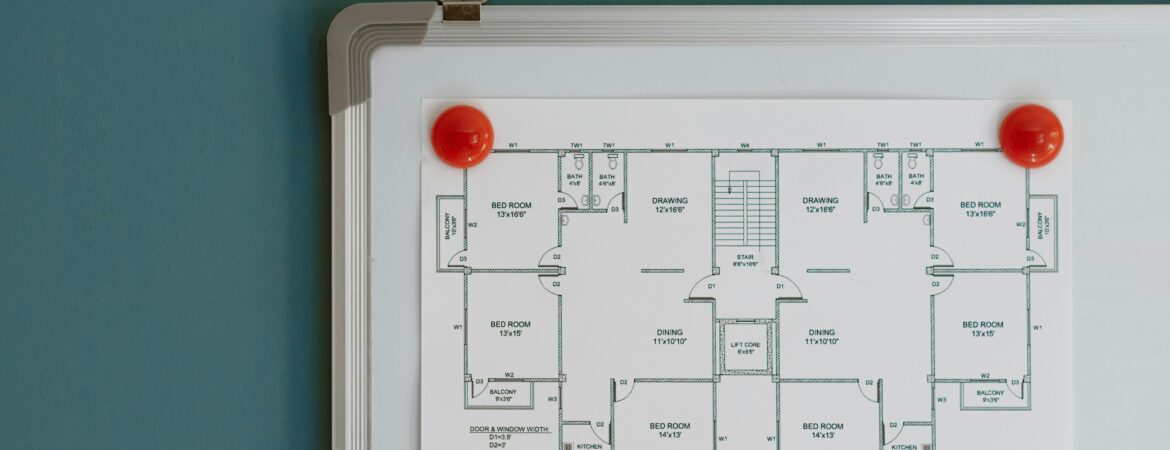
If you or the previous owner of your property made major changes to the property without getting the required planning permission, your local authority could issue you with an enforcement if they learn of the changes. This is where the 4 year rule in planning may come to your aid.
What is the 4 year rule?
The 4 year rule or to give it its proper legal title, a Certificate of Lawfulness allows you to make any unlawful developments to a property (i.e. changes that should have had planning permission but where planning permission was neither sought nor granted) lawful once they have been in place for at least 4 years.
The 4 year rule applies to any building (or part of a building) used as a residential dwelling. This could involve a house being turned into multiple flats or a non-residential property like a school or pub being turned into a home.
The 4 year rule also applies to most types of building works as long as the primary use of the site remains a residential property. This could include an extension, a new building on the site or new fences or boundary markers.
There are several situations in which the 4 year rule will not apply:
- If there has been previous enforcement action against the development.
- The development has not either not existed and/or been used continuously for a period of at least 4 years.
How does the 4 year rule differ from the 10 Year Rule in planning?
While Section 171B of the Town and Country Planning Act (1990) specifies a four year enforcement period for the change of use of any building to be used as a single dwelling and unauthorised building works, it also states “any other breach of planning control” is subject to a 10 year enforcement period. This is the known as the 10 year rule.
This means that if you are planning to regularise a non-residential building – for example, an agricultural outbuilding that has never previously been used as a home – or otherwise deal with a planning condition that has not been complied with, you will need to prove it has been used as a home continuously for 10 years rather than 4.
The 10 year rule is important in relation to HMOs. HMOs fall under class C4 (a domestic residence is class C3) so to secure the required Certificate of Lawfulness for a property with multiple occupants, you must be able to prove it has been used for that purpose continually for a period of at least 10 years.
Is the 4 year rule about to be phased out?
The process of replacing the 4 year rule with a new 10 year rule is well underway as part of the Levelling-up and Regeneration Act, which became law in October 2023.
This change has not come into effect and the date at which it is likely to come into effect is not clear.
Of the 12 different stages required to bring the change into force, 8 have been completed and to date neither the House of Commons or House of Lords has shown any inclination to keep the 4 year rule. However, the following still needs to happen before anything is official:
- The third reading in the Lords which could see the Lords making amends to the Bill to make sure it is workable.
- Consideration of the Lords’ amendments by the House of Commons so the final wording can be agreed.
- Royal Assent from the monarch to make the Bill an Act of law.
At present there are no timelines for any of these steps and it is still possible the parts of the Bill relating to the 4 year rule could be heavily amended or removed entirely. This is highly unlikely given the Bill’s journey through Parliament to date.
It is also likely that this change will come with greater powers for councils in terms of the issuance of enforcement warning notices for planning contraventions to force a building’s owner to submit a retrospective planning application to avoid a full enforcement action.
If you are a property owner and would like to discuss how the 4 year rule or 10 year rule might impact you, please contact the specialist property and planning law barristers in our Civil Law team.
Leave A Comment